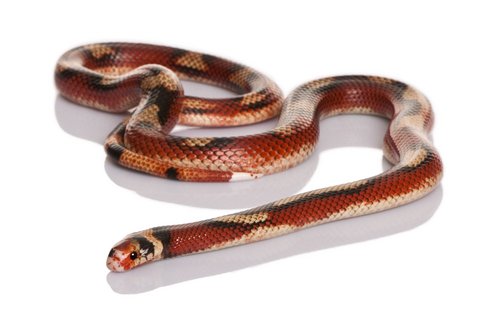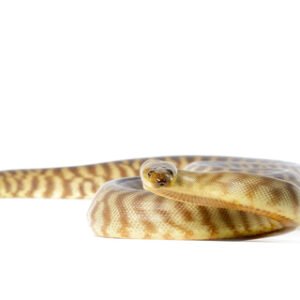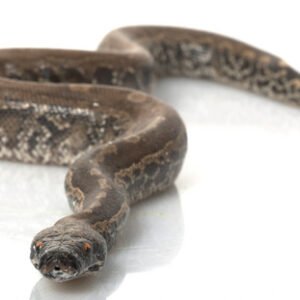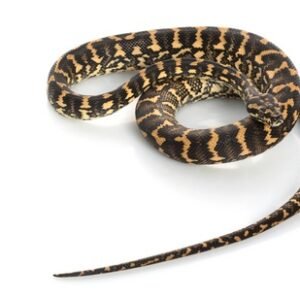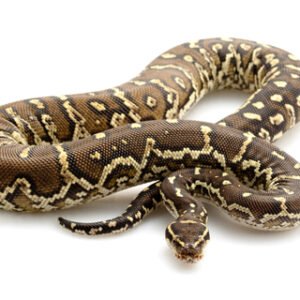Introduction to Nelson’s Milk Snake
The Nelson’s Milk Snake, scientifically known as Lampropeltis triangulum nelsoni, is a fascinating subspecies of the common milk snake. It is a member of the family Colubridae, which includes a diverse range of snakes predominantly found in North America. This particular species is recognized for its distinctive morphology and is often celebrated by enthusiasts and researchers alike due to its striking coloration and patterns. The Nelson’s Milk Snake typically exhibits a vibrant combination of reddish-orange, black, and white or cream bands, creating a visually stunning appearance that distinguishes it from other milk snakes.
In terms of physical characteristics, adult Nelson’s Milk Snakes generally measure between 30 to 60 inches in length, with individuals commonly displaying a robust and slender body structure. This snake’s scaly surface is smooth to the touch, contributing to its characteristic glossy sheen. One of the most notable traits is the pattern of bands that may vary significantly between individual snakes, making each one unique. These variations not only captivate the eye but also serve as a form of camouflage in their natural habitats.
Nelson’s Milk Snakes are native to a range of geographical locations, particularly found across the southwestern United States and parts of Mexico. Their preferred habitats include grasslands, shrublands, and rocky hillsides, often near water sources where prey is abundant. Being non-venomous, these snakes primarily feed on small rodents, birds, and insects, playing a crucial role in their ecosystem as both predators and prey. This adaptability to various environments and diverse diet underscores the importance of the Nelson’s Milk Snake within its natural habitat, making it a key species in the ecological balance of the regions it inhabits.
Care and Conservation of Nelson’s Milk Snake
Nelson’s Milk Snake (Lampropeltis triangulum nelsoni) is a captivating species acclaimed for its striking coloration and manageable size, making it a popular choice for reptile enthusiasts. Effective care for these snakes begins with an appropriate habitat setup that mimics their natural environment. A terrarium measuring at least 40 gallons is recommended to provide ample space for exploration and hiding. The substrate should consist of aspen shavings or coconut fiber, which allows for effective burrowing. Additionally, a variety of hides, a heating pad, and a temperature gradient ranging from 75°F to 85°F during the day should be maintained, with a basking area reaching up to 90°F. Proper humidity levels, typically between 30% and 50%, are crucial to prevent dehydration and aid in shedding.
Dietarily, Nelson’s Milk Snakes are carnivorous, primarily feeding on rodents such as pinky mice for younger snakes and larger rats as they mature. It is advisable to offer appropriately sized prey, ensuring that it is no larger than the widest part of the snake. Feeding should occur every 7 to 10 days, with fresh water always available. Health considerations include regular inspections for signs of mites, respiratory infections, and proper shedding. Routine veterinary check-ups are also recommended to monitor the snake’s health and wellbeing.
In the wild, Nelson’s Milk Snake faces several threats, including habitat loss and fragmentation, as well as illegal collection for the pet trade. These challenges have led to a decline in their populations, placing them on a list of species that require conservation efforts. Protecting the habitats of Nelson’s Milk Snake is vital to their survival. Conservation initiatives focus on habitat preservation, public education, and promoting responsible pet ownership. By ensuring the well-being of both captive and wild populations, we can contribute to the long-term survival of this fascinating species.

